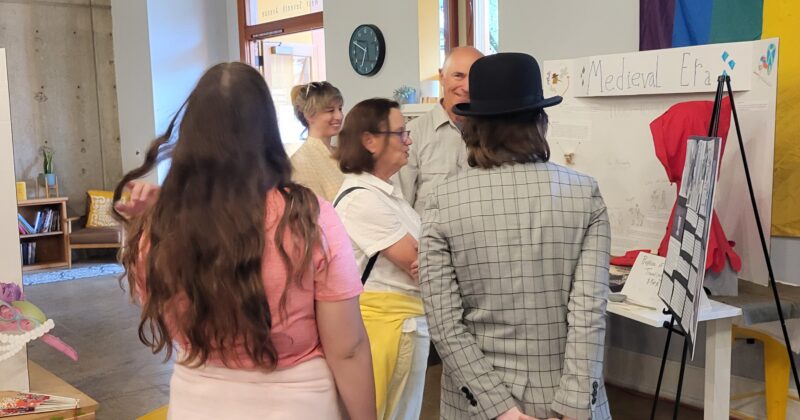
Nurturing Interest in Museum Careers through Summer Camp Fun
Students from Shelton Murphey Johnson House (SJM House) in Eugene, Oregon, set out to answer in a pilot program of their Museum Career Intensive Summer Camp work on their exhibit plans.
What is a Museum? What does it take to make a Museum ‘tick?’ This is the central question that the campers at Shelton Murphey Johnson House (SJM House) in Eugene, Oregon, set out to answer in a pilot program of their Museum Career Intensive Summer Camp. This brand-new summer camp was the brainchild of Leah Murray and was made possible by a community grant from the Lane County Cultural Coalition. The week-long camp focused on careers within the museum industry. Campers learned what goes into each department of a museum and the various skill sets that are required to make a museum (or zoo, nature center, or aquarium) work.
Campers got to explore and learn these skills using a project-based learning model, where they created a public exhibition that was presented...







